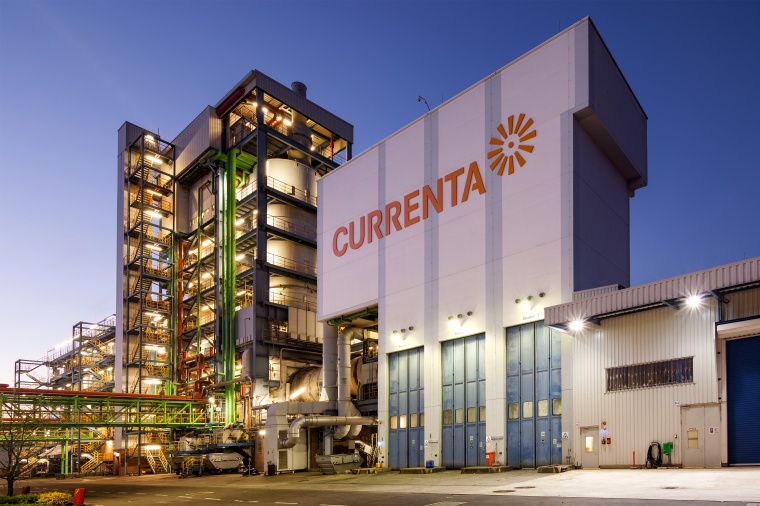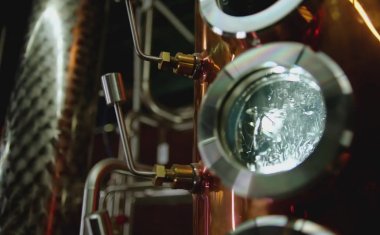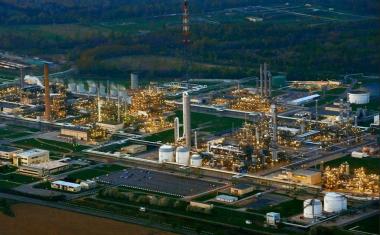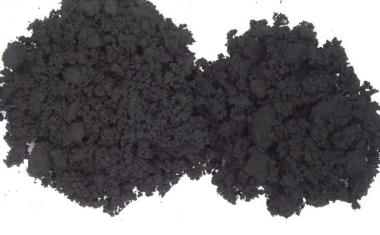Currenta Criticized over Accident Communication
Infrastructure company Currenta, which operates chemical parks formerly belonging to the Bayer group in Leverkusen, Dormagen and Uerdingen, Germany, has come under increasing pressure as industry-critical groups accuse it of not paying enough attention to safety and not being straightforward enough about a discharge of chemicals-laced firefighting water into the Rhine River.
After a deadly explosion in July killed seven people and injured 31 others at a toxic waste treatment facility at the Leverkusen site of the multi-site industrial complex known as ChemPark, it emerged months later that large volumes of firefighting water containing toxic chemicals had been pumped into the Rhine River and contents of the discharge not disclosed.
Amid criticism of its reporting on the incident, Currenta has meanwhile acknowledged that it failed to provide a robust explanation of how the toxic spil could occur and had left communications to public authorities. In an attempt to remedy the situation, the company has set up a special website to provide insight and information, though some of its critics maintain that the information provided is not sufficiently transparent.
Reports on the accident said that around 35,000 liters of pump water per minute used to fight the blaze were inadvertently mixed with residue of agricultural chemicals stored in a nearby tank and subsequently discharged into the river. Due to the two and a half hours it took to contain the fire, available equipment was no longer able to keep the contaminated water from seeping out, Currenta said.

On the basis of information made public under Germany’s right-to-know laws, environmental advocacy group BUND has calculated that, along with fluorinated compounds such as PFAS and PFT, around 60 to 70 kg of neonicotinoid insecticide clothianidin (produced by BayerCropSicience) may have escaped into the Rhine. BUND said that neither Currenta nor state environmental authorities reported the chemical spill to the International Commission for the Protection of the Rhine (ICPR).
The lack of a timely disclosure also raised ire at waterworks downriver in the Netherlands, where it was feared drinking water supplies could have been contaminated. The association of Dutch waterworks on the Rhine told German broadcaster WDR that traces of clothianidin had been measured in the weeks following the accident. Currenta said that although it was not able to contain all of the discharge, it had implemented remedial measures to minimize contamination in the river. It added that local environmental authorities had not informed the ICPR because the traces of insecticide did not exceed legal limits.
Another fatal accident in November
Currenta again came into in the negative spotlight after a worker was killed in an accident at its Dormagen site in November. The infrastructure firm said the employee of a contractor firm was burned by escaping caustic soda while cleaning a plant. The incident is still under investigation.
Australia’s Macquarie Infrastructure and Real Assets (MIRA) became sole owner of Currenta in May 2020 when it bought the 40% stake held by Lanxess for €780 million. At the end of 2019, Bayer transferred its 60% stake for €1.7 billion.
Author: Dede Williams, Freelance Journalist
















